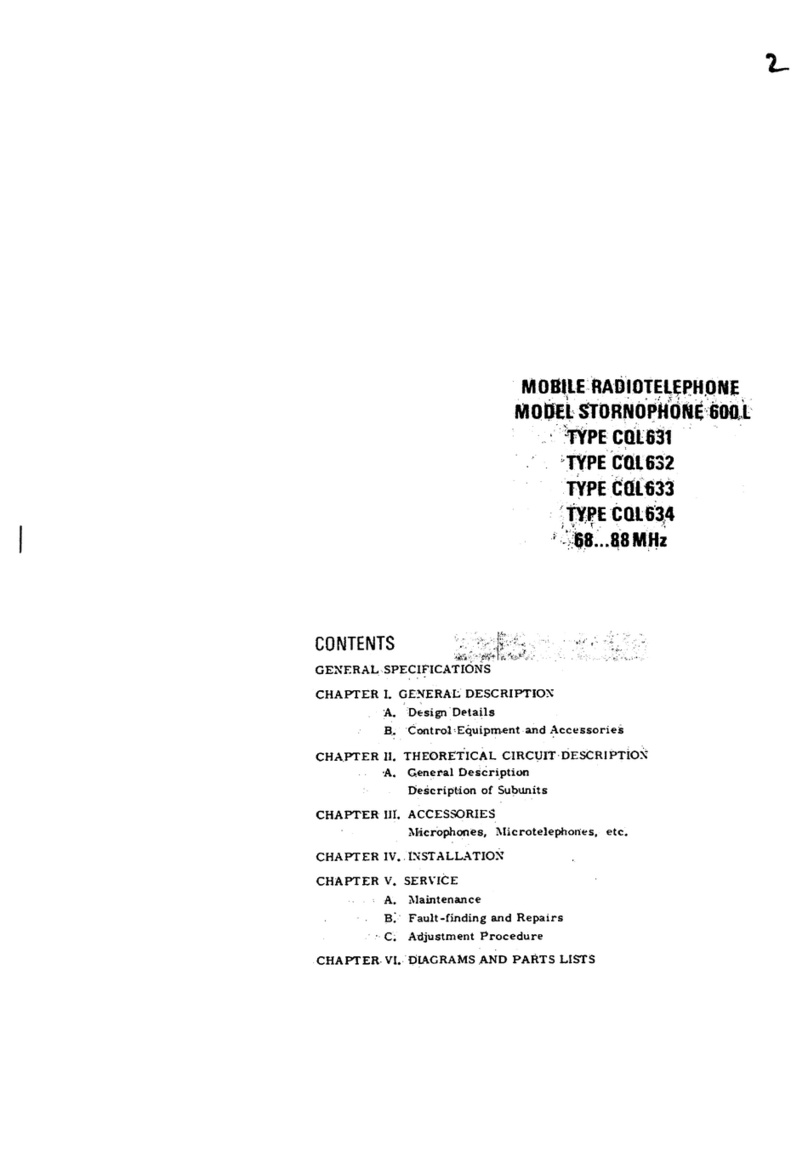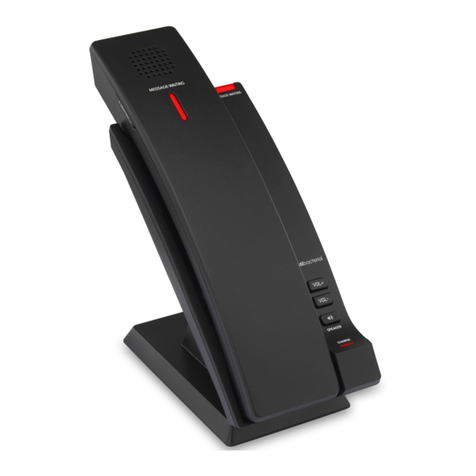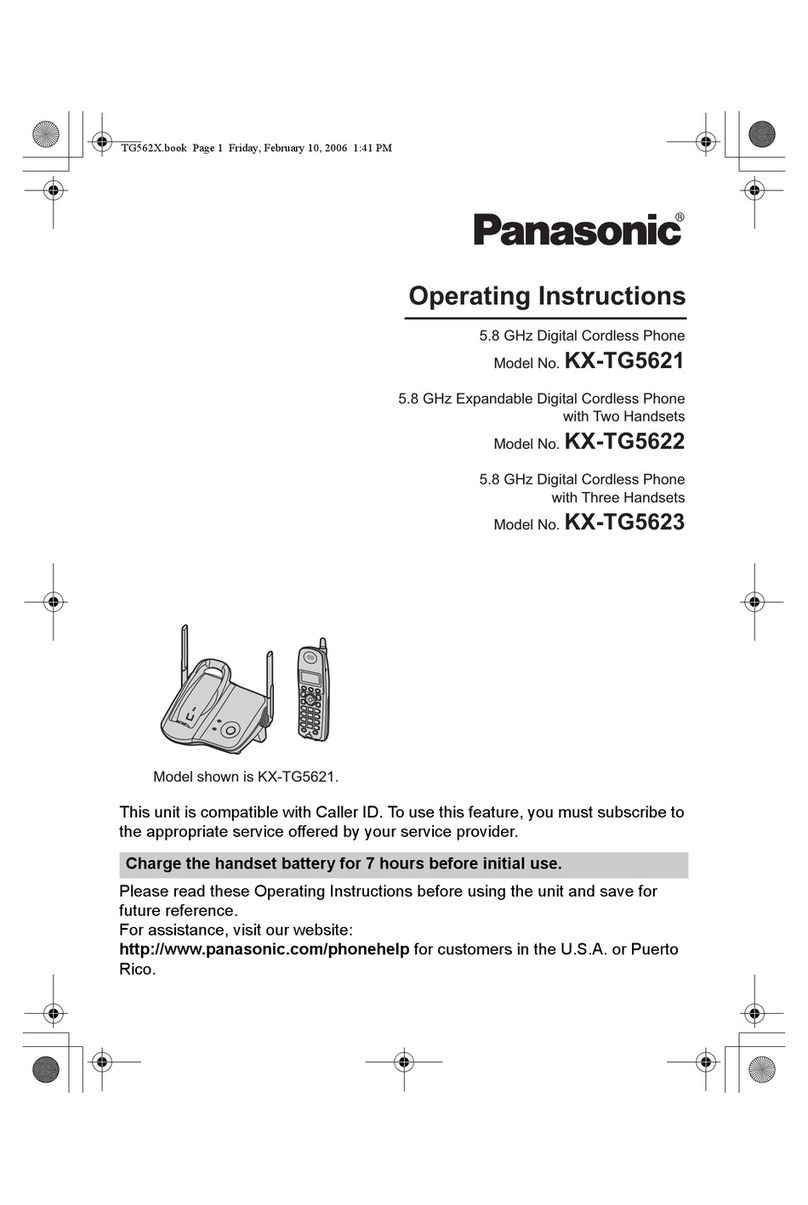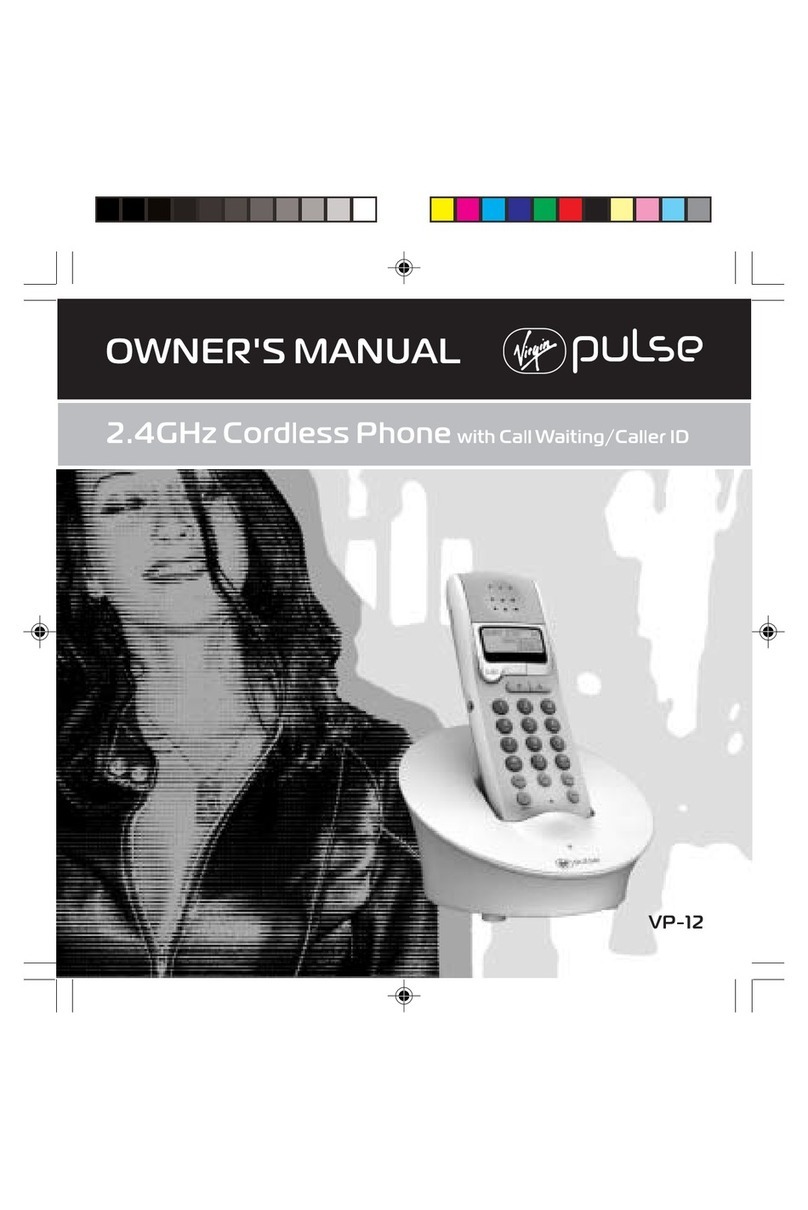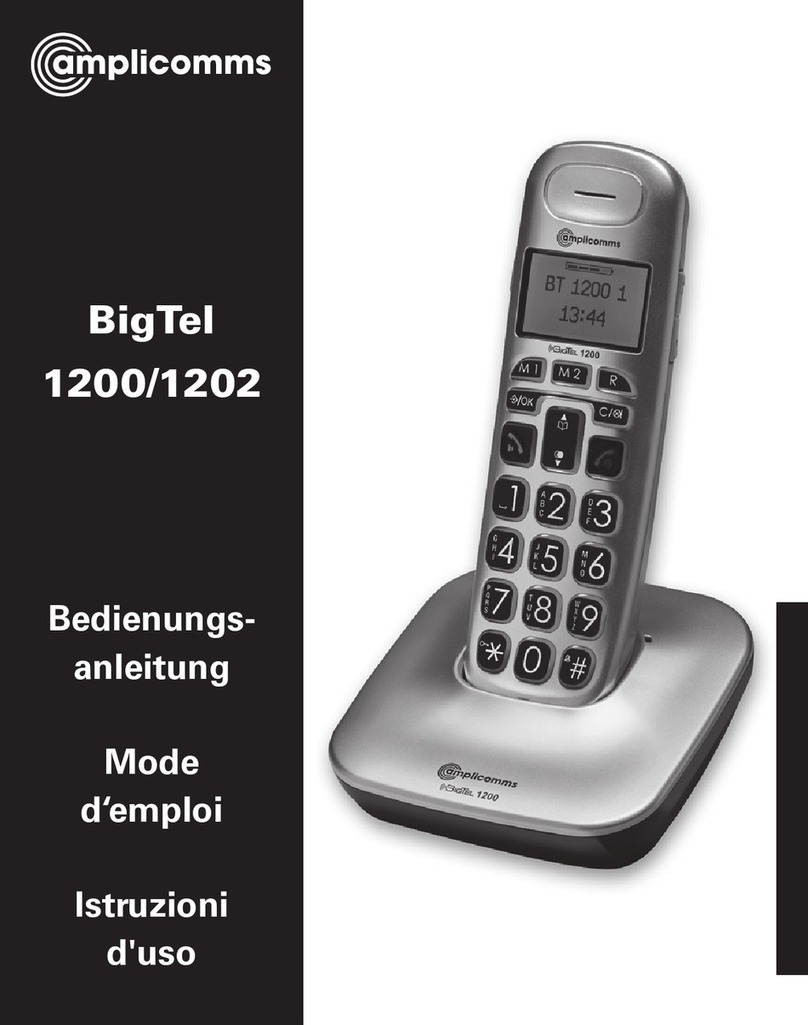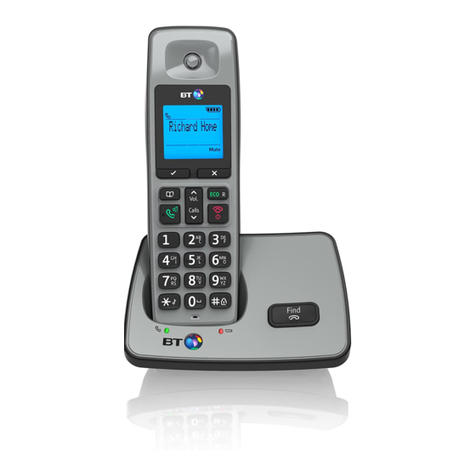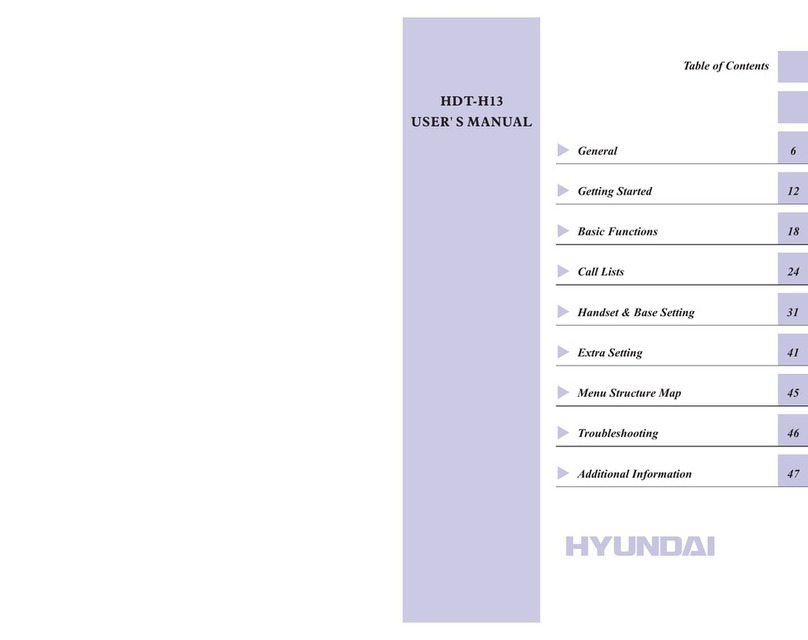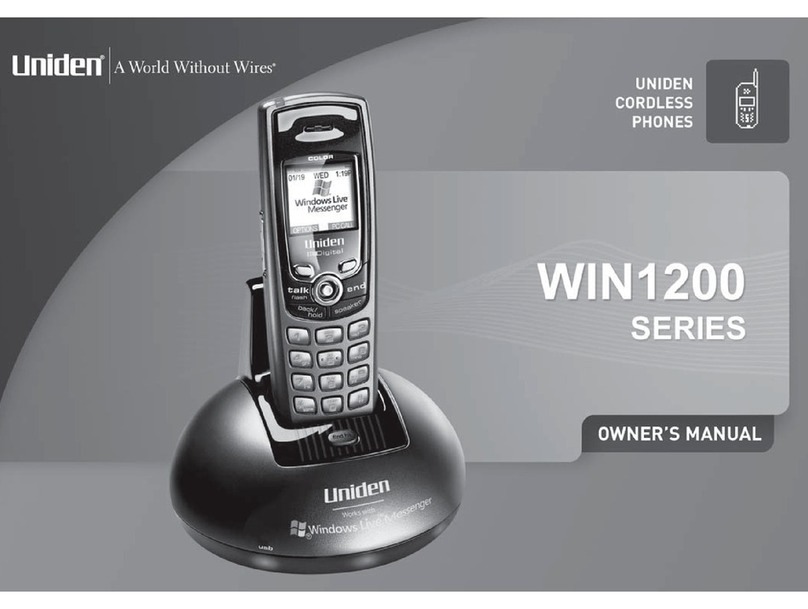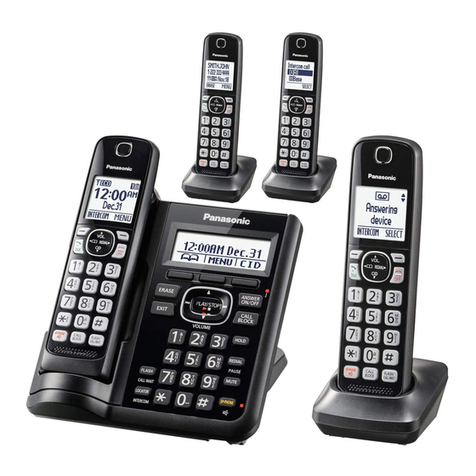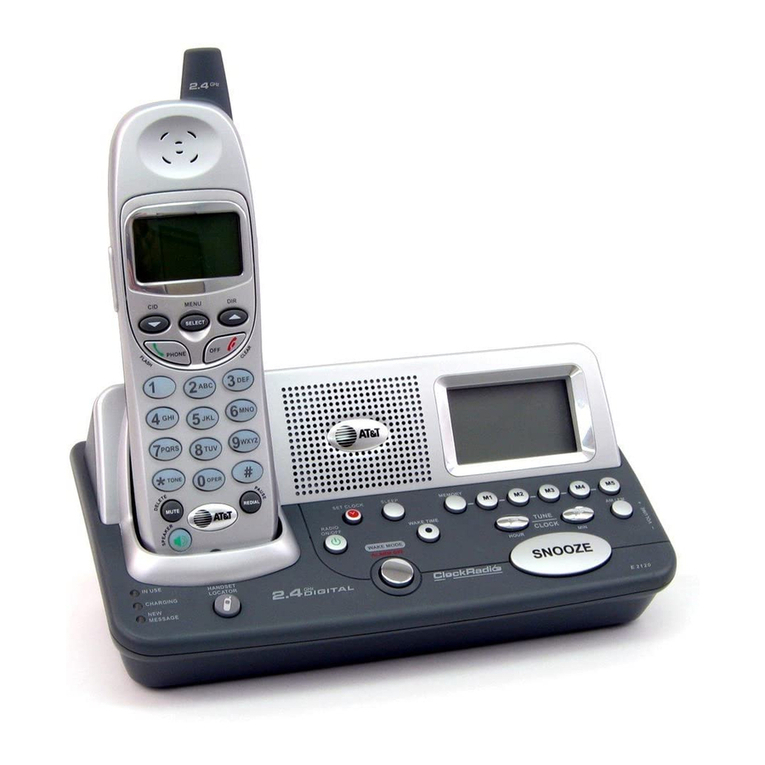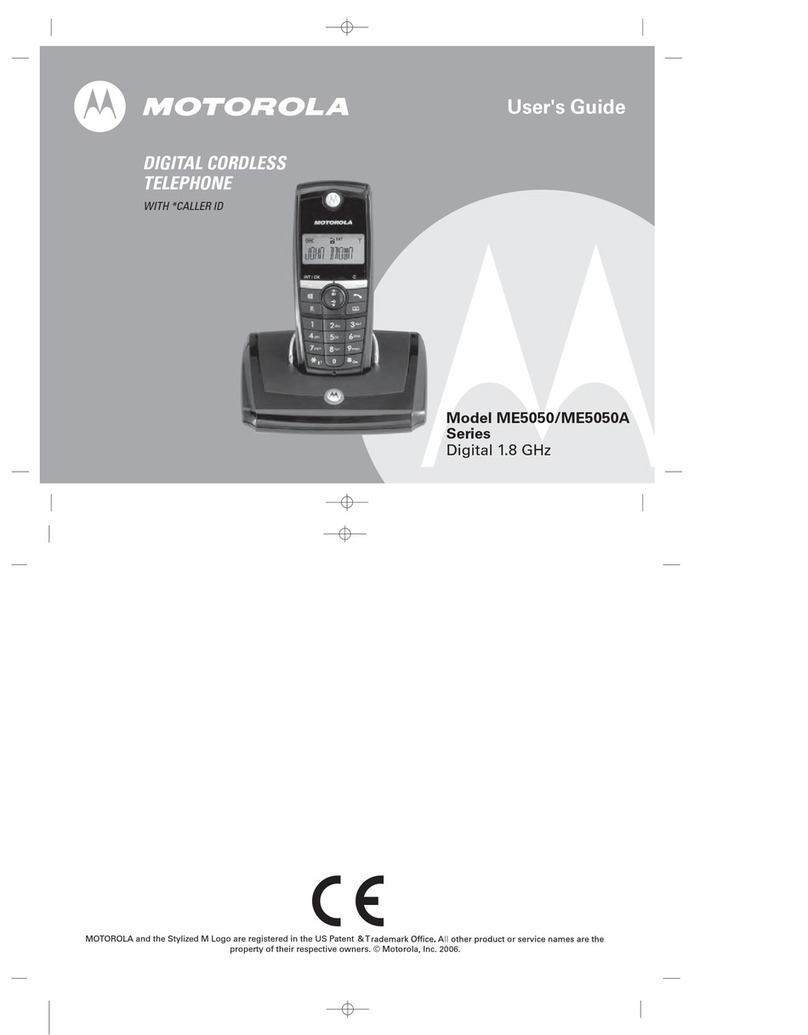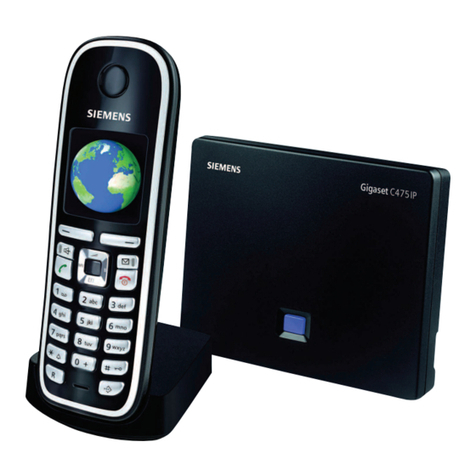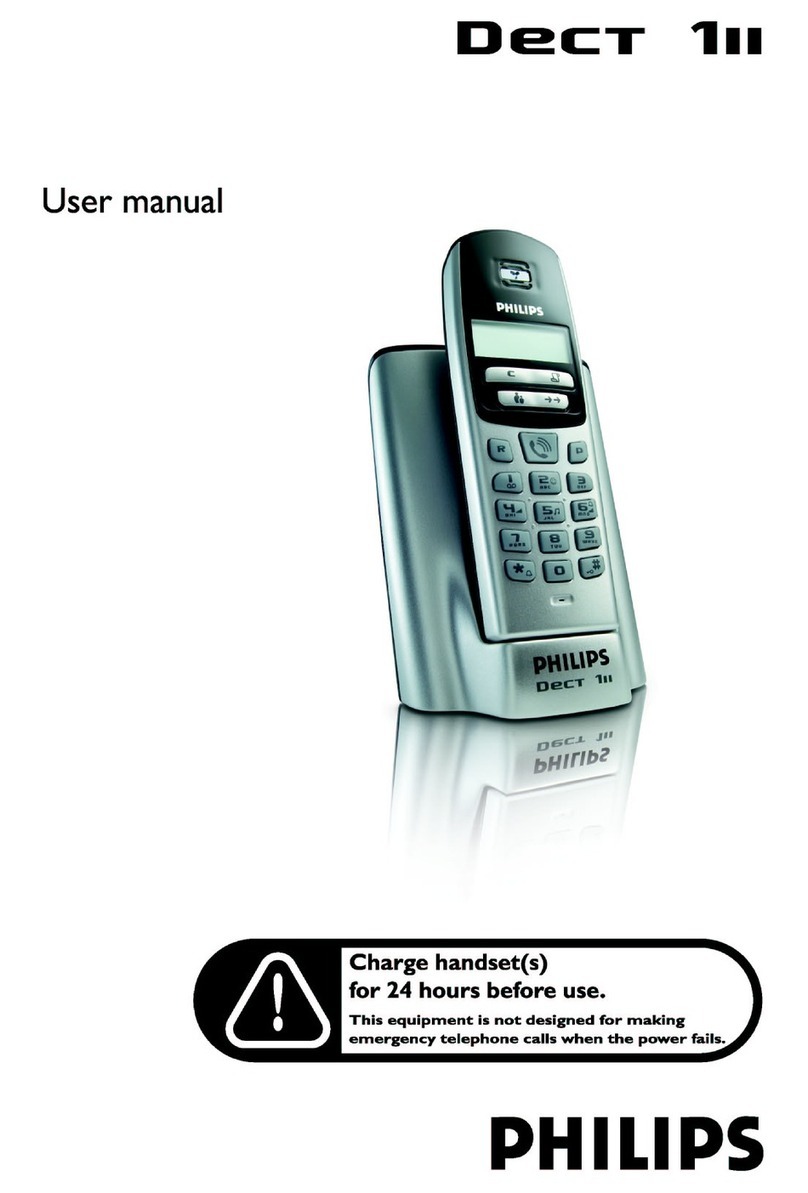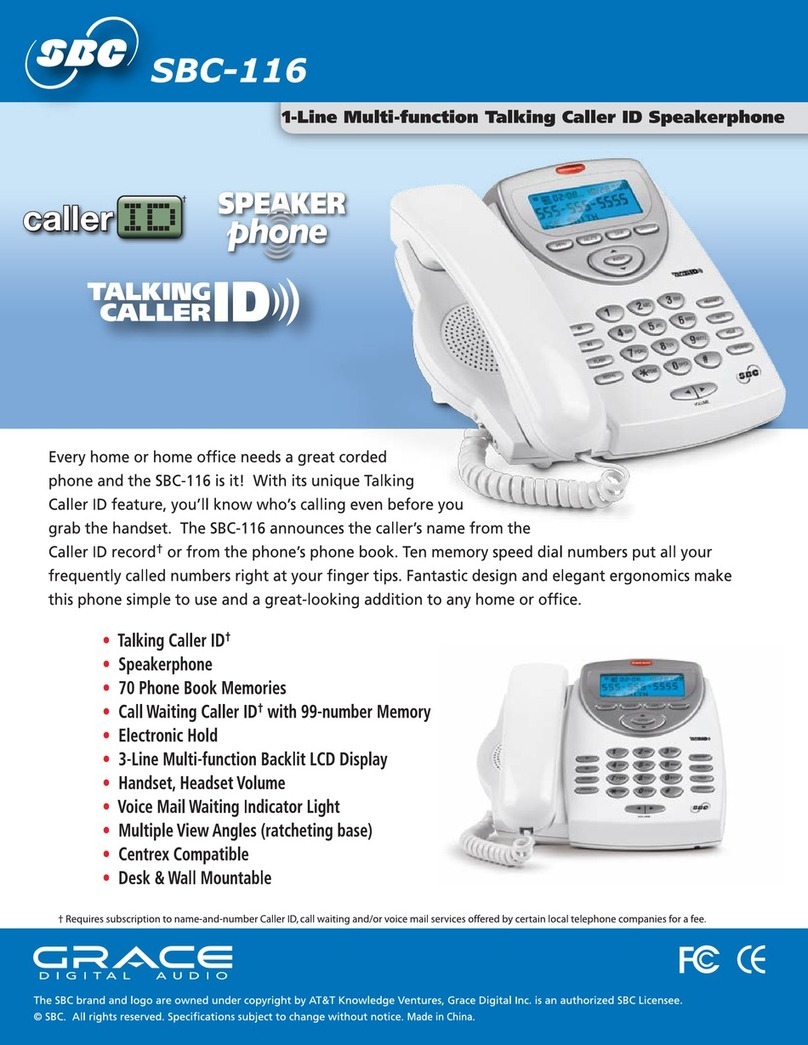Storno STORNOPHONE 700 User manual

J
.]
J
JMOBilE RADIOTElEPHONE-
MODELSTORNOPHONE700
TYPE CfiM713
TYPE CfiM714
146-174 MHz
J
J
J
J
J
J
J
J
J
J
J

Storno Storno
MOBILE RADIOTELEPHONE CQM700
60. 138-F.;1 GO.l:~8-Ti:l

]
]CONNECTING ~CCESSORlES TO CQM700
]
J
ACCESSORY CONNECTIONS TO MULTI-WIRE
CONNECTOR IN CQM700
GUIDE BUSH C , ,
...L ~'
BROWNi I
J I
;f.--Ja-\.-!
~
SU 701/2
J. 8ROWN!
vo
~C F
G~'
INT. CHANNEL CONNECTION
'"LACK I
L/ I
SU703 L-.",.
VREEN
~:
~vHl, I
!
a
CD~-+ J~H
~L I
C:--~R
a
, a ~
aDDf».-
a
YEllOW
BUlE
.LS701 ro
INT.LS CONNECTION-+-'
(RENOYE WHEN USING LS701, LS702) I
CALL AND OCCUPIED ;
CONNECTION
I-+OS o
~w
t-løAAo
o
+r::EEo JJ(])e-
KK LL
--6'-~ NNø-,;
-NOTE- /
~-
---kl
I
WHITE
NOTE
INSERT STRAP ll- KK
IN CQM700
IF PS701 IS USEO.
,
r-- ,--,
I .I Ii
I ~II
I ~I,1
" I'
DO DO' DO
~_.-~.~
~lACK :: BlACK
II JJ I' JJ
~ ..'1~"'WH'TE'1~-
...Q._j-:.. !:~
I' I,
<Ju I'L <J U II ---!i<]11
fAA.!°.!.I!- rAA:!-O!_II- ~_'
MT 701
@
ooMC 701 MC702
GUIDE PIN
60.205-E3 60.205-E3
-1 -

DISASSEMBLING MICROPHONE MC701
MC 701 196.0093-001
j _~n»""~~~:~~~: :
lE:. -Q
01:0- Q.
/,"
;/ TO CONNECTæ
TERMINALNN. RED
TERM4NALJJ .WHITE
.TERMINAl 00. BLACK
L
./
CONNECTING CB700 CONTROL CABLE TO MULTIWIRE- WIRE
CONNECTOR IN CQM700
60.205-E3
60.20S':'E3

Stomo
REPLACING INDICATOR LAMPS
MODULE LAY-OUT CQM700
~RMINAL I-SI TONE EQUIPMENT
RF 700 BA701
:i
+"'
-FllT'.'D
TO., kEY
kEY
,otl T' 000
Tk 000.
"V lOt' "'ASS'S
"'.tllASS'S
tllASSIS
MO~~TPUT
BAT!'.
=
"=
=
~
= "OTE.
=
=
+'2' CONTo
»VCALLOCCLA"", .
.
.OATT'.T
-'" -
CFIOl
CP'
"OO"'PLour,
-..:,
=
=
=
=
.,. T"';;;' I
CH4HHELI 'III~:CH4HNEL' " "-
CH4NNEL, 'S
CH4NNEL, 'T -
CHANHEL5" 2I-COHT.".
~_CHA"'5CH4NNEL."
" '-LS'H/OUT
."" "-A'.UT'NG
I 5:'- -I,.øM UNEOU'"'UOSPEA'E'
,. ~ 4L4R.
CH"", L4.P
SOSIGN,
KE' LOC'OH"S'S
OCCUPIEO
C4LL I
RAOIO .UTING I'f' CHASSISSO-
IIS'c:=:=J
:
PÅ 700
Ct""WI
D-
=
=
=
~
NOTE.
.", " CONN.
JI
COM 710 (BP711, RC711. eX711. PA7K'. AS711, XS701. IC703/'.CF701)
COM 730 (BP 731, RC731, ex 731, PA730, AS73!, XS701, IC703/', CF701)
COM 750 (BP751, RC751. eX751, PA750. AS751, XS100.IC701/3, CF7011 NOTE. STRAP ARE JNSERT&!> JII RADIOTELEPHONES WlTIIDUT roNE ~UIPMENT
NOTE. STRAPNING ANVENDES KUN J BADJOTELEFON UDEN TONEUDmB
MOUNTING FRAME MN701
Mounting Frame type MN701 is desig'ned for
installing CQM700equipment. The holes in the
Mounting Frame are so arranged that they allow
for a total of 36 mounting positions.
With an A1len wrench, adjust the Safety Lock to
the point where it will release the CQM cabinet
when bumped or jarred in a traffic accident.
Where the Mounting Frame is installed in a
lorry or other vehicle that is exposed to shocks
greater than 5 g, the Safety Lock should be
blocked by inserting tlle clip IIAII as shown in
the illustration.
60.20S-E3 -3 - 60.205-E3

Storno Storno
CONNECTOR AND .EXTENTION CABLE ASSEMBLY CC703
~~-C /'
~ ~
...~ ---"""'" /""'--
Terminal A
Terminal il
Terminal C
Terminal D
Terminal E
Terminal F
Terminal H
Terminal J
Terminal K
Terminal L
Terminal M
Terminal N
Terminal P
Terminal R
Terminal S
Terminal T
Terminal U
YellowjBrown
Black
BluejRed
Green-Grey
Brown
White
BlackjRed
BlackjGreen
YellowjGreen
BluejGreen
Orange
Yellow{Grey
YellowjWhite
\Vhite{Blue
Violet
BlackjYellow
lledjl3rcwn
Terminal V GreyjRed
Terminal W \VhitejRed
Terminal X Bluej Brown
Terminal Y GreenjRed
Terminal Z GreenjWhite
Terminal AA Grey
Terminal BB Yellow
Terminal cc' GreyjWhite
Terminal DD GreenjBrown
Terminal EE BluejYellow
Terminal FF BrownjWhite
Terminal HH Bro\vnjGrey
Terminal JJ Green
Terminal KK Blue
Terminal LL Red
Terminal MM RedjYellow
Terminal NN BluejGrey
./ A'
~'"~1'1~
4---
o ""
e
"'---"
"""~-JI
C~NEC1OR ASSEMBlY "1.0191-01
u
GUDE BUSH 415081
~--~ ~ --(Cl~:- I
GUIDE PIN
~- fI:,..,.,-
~--- ~
-~::3~
r---
-I .
--,- )
-.L7'--I: y
" c~
I
BATTE RY CABLE FOR 12V INSTALLATIONS
/'
,...
COM 700
?-
VEHICLE
~~
~12V
'/
-'
SlOt
=11 ..,TE INSERTSTRAPLL-""
IN COM'OOC""NECTORJI
SEE PAGES.
~
I' "
, ,
~~l~~ AL
1+ljJ,.
~'.-' '
60.2051E3
-4 -
60~205:7E3"
--~=(1

Storno Storno
Unless otherwise stated, specifications are based on the measuring methods prescribed
in EIA publications RS152A and RS204. Storno reserves the right to change the listed spe-
cifications without notice. Figures given in brackets are guaranteed values.
Frequency Range
146 -174 MHz Anten~a ImJ=edance
50 n
Temperature Range
-
Operatulg ral1ge: -250 -+500C
Functioning range: -300 -+600C
Max. Frequency Deviation
CQM713: :t 4 kHz or:t 5kHz
CQl\1714: :t 2.5 kHz
Dimensions
Locally controlled version: 180 x 190 x 68 mm
Extended local control: 180 x 160 x 68 mm
Control unit CB700: 118 x 65 x 55 mm
Fr.-equency Stability
Meets government specifications Weight
Locally controlled version: 2.1 Kg
Extended local control: 1.9 Kg
Control unit CB700: 0.2 Kg
Max. VHF Bandwidth
1 MHz
Number of Channels
Max. 6
AF Input Impedance
560n
HF Pawer Output
10 W ar 6 W (adjustable)
Type of Modulation
Phase Adjacent. Channel Selectivity
Attenuated to meet government specifications
FM Rum and Noise (measured without deem-
phasis)
CQM713: 50 dB (40 dB)
CQM714: 45 dB (38 dB)
Spurious Radiation (FTZ)
Less than 0.2 /JW
AF Response
6 dB/ octa\-e preemphasis
CQM713: 300-3000 Hz
+0/-1.5 dB (+0.5/-3 dB)
CQM714: 300-2500 Hz
+0/-1.5 dB (+0.5/-3 dB)
Harmonic Radiation (FTZ)
Less than O. 2JjW (2JjW)
Modulation Distortion (measured with
~ deemphasis)
3% (5%)
Modulation Sensitivity
220 mV e.m.f. (600 ~):!: 2 dB
60.206-El -l - 60.206-El

Storno Storno
Sensitivity e. m. f. for 12 dB SINAD EIA
O..6 /JV (0.9 /JV)
Spurious Radiation
Less than 0.5 nW (2 nW)
Spurious Response A.!te~
90 dB (80 dB)
Squelch
Electronic, adjustable
AF~'put powel'EIA
2 W (load 5 n )
Adjacent Channel Selectivity EIA
CQM713: 90 dB (80 dB)
CQM714: 80 dB' (75 dB) AF Distortion
CQM713:
CQM714: 3% (7%)
4% (7%)
Adjacent Channel Selectivity FTZ,MPT
CQM713: 90 dB (80 dB)
CQM714: 85 dB (75 dB) AF Response
CQM713: -6 dB/octave from 300-3000 Hz
+0/-1.5 dB (+0.5/-3 dB)
CQM714: -6 dB/octave from 300:-2500 Hz
+0/-1.5 dB (+0.5 dB/-3 dB)
Interm9dulati_oJ! _~tenuation EIA
CQM713: 80 dB (75 dB)
CQM714: 78 dB (75 dB)
Hum and Noise, sque.lched
80 dB (60 dB)
Rum and Noise. unsquelched
CQM713: 50 dB (45 dB)
CQM714: 45 dB (40 dB)
Blocking MPT
190 mV (100 mV)
CURRE NT CONSUMPTION AT 13.6 Y
Stand by: 160 mA (190 mA)
Transmit: 2.7 A (3.1 A)
Receive AF output 2W: 470 mA (540 mAJ
60.206-El
-2 -
60.206-El

StørRe
Introduction
The Stornophone CQM710radiotelephone is
a mobile transI"!litter / receiver for simplex
operated FM radio communication on the
146 to 174 MHz frequency band.
screws from the rear of the cabinet. The
chassis consists of two circuit panels hinged
onto the front control panel. When separated,
the two chassis halves open out like a hook.
The upper circuit panel, designated RF711,
contains all the circuits which are dependent
upon channelfrequencies. These are:
The CQM710 comes in a choice of channelspacings:
1
CQM713 for 20 or 25 kHz channel spacing
CQM714 for 12.5 kHz channel spacing
For both versions there is a choice of 6,
10 or 25 W RF output power.
antenna filters
receiver VHF circuits
cry~tal selector unit, where included
exciter
transmitter power output amplifier
There are also two mechanically different
systems available, local control and extend-
ed local control. Local control applies to the
dashboard-mounted model with built-in loud-
speaker, which is operated by controls on
the front panel of the radio cabinet. Extended
local control applies to the model which is
operated from a dash-mounted control unit
connecting to the radiotelephone proper via
a cable and multiconnector. The radio chas-
sis is then placed elsewhere in the vehicle.
A separate loudspeaker must also be install-
ed with the latter model.
The lower circuit panel, designated BA 701,
contains those units common to all the fre-
quency bands within the CQM710 programme:
audio amplifier
intermediate frequency amplifier
squelch circuit
voltage regulators
tone equipment, where included
The solid-state circuitry is built up as
functional module units for ease in ser-vicing.
A type plate located on the radio cabinet
states the type designation of the radiotele-
phone, showing the service for which it is
intended.
Each radio set can be equipped for either
single ar. multichannel service. Multichannel
sets will have a channel selector arranged as
a row of push buttons on the control panel,
accommodating up to 6 channels. Choice of
channels (frequencies) must naturally take
into account the RF bandwidth of the radiote-
lephone, which is 1 MHz.
Reading the type plate:
Cbanne' S.paration
.05kl'",..O"'".
.lO,.; kil,
Construction
.-
XX I
COM 71Xspec. xx
(;~. 1-.
00.1 !):~-E2 -l -
The radio chassis slides into the cabinet
from the front and is held in place by four

Storno Storno
OperatingControls
ControlEquipment
The controls located on the front panel are
as shown:
CP701 Front panel with controls and
built-in speaker. This panel has
no channel selector, limiting the
equipment to single-channel ser-
vice.
CP702 Front panellike CP701 with the
addition of 6 push buttons for
multichannel service.
CP702 FRONTPANEL
OJ [3] Push buttons for channel selection.
The CQM710 for extended local control will
have a blank front panel with neither controls
nor loudspeaker and is designated CP703.
ane of the following types of control units,
intended for dashboard-mounting, must also
be installed for extended local control:
Tone button and lamp indication when the
channel is engaged (in equipment with built.
in tone transmitters).
~"::!:] TOt b tt d t Ot'd't lransml u on an ransml ln lea or amp
(in radiotelephones without built-in tone
transmitters ).
CB701 Control unit housed in a cast
plastic cabinet and containing
operat.ing controls for the radio-
telephone. This control unit has
no channel selector (single-chan-
nel service).
Button for switching the loudspeaker on and
~~]off, provided with a lamp indicating when a
tone can is received. (This button is only
used in conjunction with tone equipment).
CB702 Control unit similar to CB701,
and containing 6 push buttons for
the channel selector (multichan-
nel service),
Squelch button for overriding the squelch
function.
~]
~aN/orr switch and indicator lamp.
Where more than one Rl--'channel is required
(multichanneloperation), the radiotelephone
must be fitted with one of the folIowing crys-
tal switching units: 1TTT1Tn-n-mmVolume control
XS701 Channel selector unit for a
maximum. of 6 channels.
Notice:
For radiotelephones with built-in tone trans-
mitters an external keying device (e. g. a
steering column switch or microphone button)
must be employed as the transmitter key.
since the regular button on the front panel is
used for keying the tone transmitter.
Channel selector unit for a max-
imum of 4 channels with temper-
ature compensation for operation
in extremely cold climates.
XS702
60.153-E2
60.153-E2 -2 -
The locally controlled CQM710 will have
one of the folIowing front panels:

Storno
Storno
MK701 Mounting kit containing connec-
tors for connecting batte ry, an-
tenna and accessories to the ra-
dio cabinet plus fuse box and fu-
ses for installation in series
withthe battery cables.
Accessories
Accessories available for the CQM710 series
radiotelephones are listed in this section.
Same of them, such as installation materials,
antenna and microphone, are necessary in
arder to instalI and to operate the equipment.
MK702 Mounting kit similar to MK701,
to be used when installipg 25 W
transmitters.
Microphones
For extended local control the distance be-
tween control unit and radio set may be in-
creased by inserting:
Fist microphone with built-in
amplifier, trans mit button andretainer.
MC702
MC7Q3 Fixed microphone for mounting
on steering column. Extension cable kit with connec-
torso
CC703
MT701 Handset with built-in amplifier
and transmitter keying switch. Loudspeakers
When using the extended local control system
it is necessary to install an externalloud-
speaker. The following types are available:
All of the above are supplied with cables
terminated in solderless crimp pins for in-
sertion in a special multiconnector providing
connections between accessories and the
radio cabinet. LS701 Loudspeaker enclosed in a
plastic housing, complete with
cable terminated in solderless
crimp ping to be inserted in the
accessories connector.
lVIK704 To bring the microphone into
close talk position this mounting
kit, consisting of 2 flexible metal
tubes (length 20 and 35 cm),is
availa ble.
Weatherproof version of loud-speaker.
LS702
Antenna
AN19-5 1/4 wavelength whip antenna for
the 146 to 174 MHz frequency
band. 50 ohm impedance matches
Stornophone CQM710. Base de-
sign permits mounting from the
outside without damaging the car
upholstery.
ExternalSwitches,Relays,etc.
SU702 Transmitter keying device for
dashboard mounting.
SU703 Auto relay for equipment with
built-in tone receivers, connects
to external alarm devices such
as auto horn, etc.
Installation Kits
MN701 Mounting frame for radio cabinet Power Supplies
PS701 Power supply for 24 V car bat-
tery, any batterypolarity.
CC701 Cable kit containing battery ca-
ble and antenna cable necessary
for instaIling the radiotelephone. Power supply for 24 V car bat-
tery, negative pole to chassis.
PS702
60.153-E2
-3 -
o53-E2
MC701 Fixed microphone with built-in
amplifier
SU701 Transmitter keying device for
mounting on steering column.
The installation of a CQM710radio set will
require some or all of th, foU9wing instal-
lation kits:

Storno
FunctionalDiagram
OOIOFF INDICAroR lA"P
i~
I -""
___~ON/O"
'~OH' "'
I 1.
-=::::--~:ø~OICATO. LANP
, --, I
I I ,-
I I I ~...; TT700 tl I ""
I .." I I
I ..I
1_-=1 1 .I
SAV.o-- ~~POlARITYI
PROTECT
BAiT.o--.
'"l
CHAH.E'SE,ECTOR
yo-- XS7001
~__~-.:IJRECEIVER
~f-c
rI
I
i ,-,,) IL
IL.--MC7001
-0-
-0-
~... ~RANS"'T BUTTON
I
I 'ALL LA..,
-~--
I
_~..,,=:--4,LS ON/O" BUTrON
--+~=i
Q ~QU'LCN BUrTON
~~:=~~==~:==~~f~~I i
~rii ,OUOS"A",R"S)
i l'
I y,
DLU'" (,",'ADL
CP701-CP702
General in the transmitter section. Similary, a sin-
gle oscillator is provided in the receiver
section.
The nominal12V supply from the battery is
applied to the connector designated "BATT".
A reverse biased zener diode across the
battery input protects the radiotelephone a-
gainst incorrect supplypolarity. The supply
voltage is fed, via a transient filter, to both
the ON/OFF s\vitch and to the transmitter
power amplifier through a transistor switch.
Channel switching unit XS is fitted in the
multichannel edition of CQM700 and is con-
trolled by the channel selector.
The audio output from the receiver is ap-
plied to the loudspeaker (LS). The output
level is adjusted by means of the volume
control.
The filtered battery voltage is applied to two
9V regulators which supply the transmitter
and receiver sections, to the receiver audio
output ampli~ier and to the tone equipment,
if fitted.
The squelch button is provided to override
the squelch function of the receiver.
As may be seen from the simplified func-
tional diagram, the receiver output signal
may be connected to the tone receiver TR 700
used in selective tone calling systems. ':rhe
tone receiver enables the AF output circuits
of the receiver to be switched on and off.
The incoming Sigtla1 passes through the an-
tenna switching unit to the input of the re-
ceiver. The antenna s\vitching is controlled
by the stabilized supplies from the trans-
mitter and receiver voltage regulators. In systems using selective calling, the loud-
speaker will normally be switched off using
the LS ON/OFF button.
In the single channel edition of CQM710 a
crystal controlled oscillator is incorporated
.:.4 -
60. 153-E2 60.153-E2

Storno
Storno
A rhaXimum of 6 crystal controlled oscilla-
tars, ane for each channel, ean be provided.
The oscillators are connected in parallel
and channel selection is perforrned by
grounding the negative supply lead of the
appropriate oscillator.
When a tone call, correct for the tone re-
ceiver setting, is received. the loudspeaker
will be switched on automaticaIly. The tone
receiver also controls the IIcall" and Ilen-
gaged'l lamps indicating that a call has teen
received or that the radio channel is oc-
cupied. These lamps are not used in radio-
telephones not fitted with tone receivers. The receiver comprises the following sub-
units:
The modulating signal to the transmitter is
derived from the microphone (MC) via the
tone generator TT700. if fitted. Antenna switching unit AS711
BP711
Preselector filter
During transmission of tone calls, the mi-
crophone will be switched off automatically
so that the transmitter is modulated by the
tone signal from TT700 only.
Receiver converter with 1st
mixer and 1st local oscillator RC711
The transmitter is keyed by depressing the
transmit button. This will block the receiver
voltage regulator and cancel the blocking
of the transmitter voltage regulator. When
the transmitter voltage regulator operates.
supply voltage is applied to the exciter and
via a transistor switch to the transmitter
power amplifier.
IC703
IC704
The "transmitter on'! condition is indicated
by the trans mit indicator lamp. CF701
J
In the radiotelephone fitted with a tone re-
ceiver. the transmitter cannot be operated
until the loudspeaker has been switched on
manually by means of the loudspeaker ON/
OFF button.
Intermediate frequency conver-
ter with 10.7 MHz crystal fil-
ter, 2nd mixer, 2nd local oscil-
lator and 455 kHz ceramic filter
for 25 and 20 kHz channel
spacing
for 12.5 kHz channel
spacing
455 kHz intermediate fre-
quency amplifier, squelch
circuit, AF amplifier and
voltage regulator
(for other circuits of CF701
see page 8 )
Channel switching unit:
maximum 6 channels
maximum 4 channels J
temperature compen-
sated
XS701
XS702
RECEIVER
The CQM7l0 receiver is a double conver-
sion superheterodyne using intermediate
frequencies. of 10.7 MHz and 455 kHz. The
high RF sensitivity characteristic of the
receiver is provided by a five element helix
filter having a low insertion lasso
SignalPath
Adjacent channel selectivity is obtained by
using two bandpass filters: a 10.7 MHz
crystal filter and a 455 kHz ceramic filter.
60.153-E2
60.153-E2
From the antenna switching unit the input
signal is passed through the preselector fil-
ter and an impedance matching network di-
rectly to the mixer stage. Because of the
low insertion loss in the filter, it has been
possible to obtain excellent receiver sensi-
tivity without an RF amplifier stage. This
approach has resulted in superior blocking,
selectivity, and intermodulation character-
istics of the receiver.

Storno
stages. The output frequency is thus 12tim.
the fundamental frequency of the oscillator.
The BP711 filter consists of rive tuned
circuits which can be adjusted over the band
146-174 MHz. The coupling between the fil-
ter and the mixer stage is provided by an im-
pedance matching network loaded to a low Q.
This network tranforms the output impedance
of the filter to the impedance required by the
field-effect transistor (FET) of the mixer
stage.
The last doubler stage is followed by a filter
consisting of three capacitively coupled
tuned circuits. The filter attenuates undesir-
ed frequencies generated by the multiplier
chain and prevents these from reaching the
mixer stage.
The injection signal is 10.7 MHz below the
received signal and is calculated as follows
The local oscillator and the received signals
are applied to the gate of the FET. The mix-
er output at 10.7 MHz is taken from the drain
circuit.
fa-10.7
12
fx = MHz
where fx is the crystal frequency, MHz
and f is the received signal, MHz,
a
FirstLocalOscillator
The receiver converter RC711 includes an
oscillator intended for use in single-channel
receivers. When more than one channel is
required the radiotelephone will be provided
with a channel switching unit type XS701 or
XS702.
XS701 contains oscillators for five RF chan-
nels thus allowing the receiver to be equip-
ped with a maximum of 6 channels.
In the oscillator, the 3rd harmonic of the
crystal frequency is selected and applied to
a multiplier chain consisting of two doubler
60.153-E2
The local oscillator signal is generated in an
oscillator operating on the fundamental fre-
queæy of the crystal. The oscillator operates
within the frequency range 11.35 MHz to
12.75 MHz, depending on the crystal fre-
quency used.

Storno Storno
455 kHz ceramic filter in the IC703 or IC704
converter and is then applied to the inter-
mediate frequency amplifier in CF701.
XS702 is a temperature compensating unit
ernployed where radiotelephones are to work
in very low temperatures. The compensation
is provided by heating the crystals when the
ambient temperature falls below -so C ap-
proximately.
XS702 contains oscillators for a maximum of
4 channels.
The 455 kHz intermediate frequency ampli-
rier consists of two RC coupled stages fol-
lowed by a double tuned filter and a three
stage integrated circuit amplifier. The last
two stages provide the required limiting of
the signal.
Intermediate FrequencyCircuits The amplified and limited signal is then de-
modulated in aphase detector incorporated
in the integrated circuit.
From the mixer in RC711 the 10.7 MHz sig-
Inal passes to the intermediate frequency
converter, type IC703 or IC704 depending
on the channel separation used, which pro-
vides the channel selectivity of the receiver. The balanced quadrature (or product) detec.
tor also provides efficient rejection of any
amplitude modulated signals that may be
present.
The first IF signal passes through the 10.7
MHz crystal filter and is then amplified in
a single IF amplifier stage. It is then ap-
plied to the transistor in the 2nd mixer stage
and converted to the second IF signal of 455kHz.
The detector has only one tuned circuit andis
simple to adjust.
AF Circuits
The injection signal to the mixer stage is
generated by a crystal controlled oscillator
whose frequency is normally 455 kHz below
10.7 MHz. In instances where a harmonic of
the local oscillator coincides with the fre-
quency of the received signal, a crystal os-
cillator frequency of 455 kHz above 10.7
MHz is chosen.
The demodulated signal is fed through a de-
emphasis network to a potentiometer, preset
to suit the AF signal level obtained from the
detector. This level depends on the maximum
frequency deviation in uge as determined by
the channel spacing of the receiver.
In the first case the crystal frequency is
10.7 MHz -0.455 MHz = 10.245 MHz
In the secorui case the crystal frequency is
10.7 MHz + 0.455 MHz =11.155 MHz.
The signal is then applied to a three stage
amplifier in which a field-effect transistor,
operating as an electronic on/ off switch,
has been placed between the second and third
stages. This switch is controlled by the
squelch circuit. The amplifier has a nominal
output level of -17 dBm (110 mV).
The crysta1 frequency of 11.155 MHz is used
when the received frequencies are within
the fo11owing bands:
The signal is passed to the loudspeaker am-
plifier and to the tone receiver. if fitted.
The loudspeaker amplifier amplifies the AF
input signal of 110 mV to an output level of
2W into a 5 ~ load. The input stage is a high-
pass active filter which attenuates frequen-
cies below 250 Hz.
152.5- 154.9 MHz
162.7 -165.1 MHz
173. O -174.9 MHz
The second intermediate frequency signal
from the mixer stage proceeds through the
60.153-E2
60.153-E2

Storno Storno
A variable resistor, forming part of the col-
lector load, permits a preset 12 dB adjust-
ment of the garn.
The Schmitt trigger also controls a squelch
signal circuit which, in conjunction with a
tone receiver, will operate the "engaged"
lamp when there is traffic on the channel.
Manual gain adjustrnent, and thus the loud-
speaker output level, is effected by the vol-
urne control on the control panel of the radio-
telephone. Electrically, the volurne control
is connected between the first and second AF
arnplifier stages.
The squelch sensitivity is adjusted by a
potentiometer located at the input of the
noise amplifier.
The Schmitt trigger can be blocked .manual-
ly by means of the squelch button on the
control panel of the radiotelephone, thus
overriding the squelch circuit.
The AF output stage consists of two comple-
mentary pow~r trans}stors operating in
Class AB push-pull. TRANSMITTER
Temperature conpensation and negative
feedback are employed in the output ampli-
fier to i.mprove stabilization. (See black diagram an page 6
The transmitter is phase modulated. Its
output frequency is 12 times the oscillator
frequency. Phase modulation is performed
at the fundamental frequency.
By applying a positive voltage to a "muting
terminal" on the output amplifier it is pos-
sible to mute the AF output to the loudspeak-
er. This muting occurs during periods of
transmission and when controlled by tone
equipment, if fitted.
The transmitter comprises the following
subunits:
SquelchCircuit
The squelch circuit in CQM700 is operated
by noise components contained in the de-
modulated signal.
Exciter EX711
RF power amplifier PA711
Ahtenna switching unit AS711
Modulation amplifier, trans-
mitter switch and voltage
regulator CF701
(These circuits constitute part
of CF701)
The AF signal from the discriminator is
passed to a frequency selective amplifier
with a resonant circuit as the collector load.
The resonant frequency of this circuit can
be changed by a strapping arrangement to
suit the channel separation of the receiver.
Channel switching unit:
Maximum 6 channels XS701
Maximum 4 channels.
temperature compensated XS702
The noise signal is passed through an ampli-
tude selective noise amplifier. rectified and
applied to a Schmitt trigger. which controls
the electronic switch in the AF circuit. AFCircuits
The modulating signal from the mircophone
is fed, through the tone generator if fitted,
to the modulation amplifier where it is dif-
ferentiated, amplified, limited, integrated
and filtered. The modulation amplifier trans-
forms the microphone output to a signal
suitable for the phase modulator and limits
When the noise level exceeds a certain value.
i. e. when the signal to noise ratio falls be-
low a certain value. the trigger circuit is
activated and the AF output signal is switch-
ed off.
60.153-E2
-8 -
60.153-E2

Storno Storno
the signal amplitude so that the maximum
permissible frequency deviation is not ex-ceeded. The exciter provides the following:
(a) phase modulation
(b) frequency multiplication
(c) drive power for tpe power amplifier
PA711.
The modulation amplifier is designe d around
an integrated circuit containing two oper~-
tional amplifiers. Differentiation is perform-
ed by an RC network at the input of the first
amplifier. A high degree of negative feed-
back ensures constant g'ain of the amplifier
which also operates as an amplitude limiter.
The RF signal from the oscillator is applied
to the 1st buffer amplifier, then to the phase
modulator, followed by the 2nd buffer am-
plifier. The buffer amplifiers provide ~on-
stant input levcls and correct impedance
matching.
The output signal is then applied through an
RC network to a second limiter consisting
of t\VO dual diodes.
The phase modulator is a "transconductance
modulator" as the phase modulation is pro-'
duced by varying the transconductance of atransistor.
This limiter has been pruy ided to prevent
the phase modulator frOl!l bcing overdriven
at lo\v modulating frequeu(Oie:s. For normal
frequencies and deviati(lns the limiter will
be inoperative.
The modulating signal is applied to the emit-
ter of the transistor \'!hose operating point
and transconductance thus change instantane-
ously with the modulating signal.
Before beu1g applied to thc phase modulator,
the modulating Hignal is filtered in a splat-
ter filter which has been designed as an ac-
tive element using the second amplifier of
the integrated circuit.
From the 2nd buffer amplifier, the signal is
fed to a frequency mllltiplier chain consisting
of a tripler, 1st. doubler and 2nd doubler. The
transmitter output frequency is therefore 12
times the cl'ystal frequency.
A potentiometer located at thc output of the
modulation amplifit!l" is used to adjust the
rnaximum frequency deviation.
The three multipliers are designf!d as balanc-
ed circuits resulting in suppression of same .
of the harmonic frequencies.
RFCircuits The tripler suppresses the even harmonics
and the doublers suppress the odd harmonics.
The fundamental HF signal is gent~rated in a
crystal controlled oscillator eontained in the
exciter EX711. Double tuned bandpass filters are used with
close-to-critical coupling between tuned cir-
cuits. These filters limit the bandwidth of the
exciter and attenuate undesired harmonics
generated in tre frequcncy multiplication pro-
cess.
When more than Olle cllannel is required the
radiotelephone will be fJrovided with a chan-
nel switching unit type XS701 or }:S702.
The output signal from the 2nd doubler is fed
to an amplifier operating at the final frequen-
cy of the transmitter. Tuned input and Q\ltput
bandpass filters of the amplifier provide ad-
As in the receiver, channel selection is per-
formed by grolmtling the negative return 01
the appropriate oscillator.
60.153-E2
60.153-E2 -9 -

Storno Storno
The filter attenuates signals at undesired
frequencies to an acceptable low level,
e. g. harmonics of the transmitter frequency.
ditional selectivity and thus also attenuation
of undesired signals. The amplifier raises
the signal to the level required by the RF
power amplifier PA711.. The nominal RF out-
put power of EX711 is 50 mW into a 50 n load. The antenna filter is not adjustable,
The bandwidth otthe transmitter and thus the
maximum frequency spread of the channels is
determined by the selectivity of the exciter,
which is 1 MHz. CQM700 is power~d directly from a 12 volt
car batte ry. The negative battery terminal
connects direct1y to the cabinet of the radio-
telephone.
The power amplifier contains three transis-
tor amplifier stages. The coupling between the
stages consists of tuned matching networks
with low loaded Q values.
A transient filter is provided to suppress
noise and transients generated by the vehi-
cle's electrical system,
A reverse biased zener diode connected
across the battery input terminals limits
the peak voltage to approx, 20 volts and
protects the radiotelephone against damage
caused by incorrect supply polarity, Incor-
rect battery connection will cause the diode
to conduct and blo..v the rUges fitted in the
battery cable.
The RF power a~plifier is a high efficiency
Class C amplifier. An ADC (Automatic Drive
Control) circuit in the po\ver amplifier unit
regulates the supply volt age to the ftrst stage
and consequently the drive to the !ollowing
stages. The purpose of the ADC circuit is
to prevent 6verloading the power transistor.
Additionally. the ADC cir,~uit reduces the
dependence of the output of the RF power
amplifier. on supply voltage and ambienttemperature. The CQM700 contains two identical volt age
regulator circuits w~ich deliver 9V stabi-
lizec;i supply voltages for operatingthe trans
mitter and receiver sections of the radio-
telephone. The supply to the loudspeaker
output amplifier and the transmitter RF
power amplifier is taken from the battery
and is unstabilized.
In the 25 W version, a power booster and a
temperature protection circuit are also in-
cluded in the PA stage.
The transmitter output power is adjusted to
the required safe level by means of a poten-
tiometer provided in the ADC circuit. The voltage regulators are protected at the
output against short circuit by limiting the
maximum current to a Bare value.
Antenna Circuits
The signal generated by the transmitter is
passed through an electronic antenna
switching unit and a low-pass filter to the
antenna.
Each regulator has a blocking transistor con-
trolled by the trans mit key button. With the
CQM7l0 in the standby or receive condition,
the key button is in the "off" position, i. e.
not depressed. The receiver voltage regu-
lator operates normally and operation of the
transmitter voltage regulator is blocked.
When the key button is pressed, operation
and blocking of the t\VOvoltage regulators
The antenna switching unit consists of diodes
,vhich are forward biased during transmis-
sion and revers e biased during reception.
The lo,v-pass antenna filter is a 7-pole
Chebishev filter having lo\V insertion 10ss
and ripple.
60.153-E2 60. 153-E2.,
-10-

]
are revers ed. The supply voltage for the
PA711 power amplifier in the transmitter is
taken from the transient filter and applied to
the amplifier unit through a transistor
switch. This switch is supplied by the trans-
mitter voltage regulator which is controlled
by the transmit key l>utton.
J
JNOTE: The voltage applied to the transistor
switch cannot be turned orf by means
of the ON/OF!!' switch of the radiote-
lephone.
J
J
J
]
J
]
J
J
--
[
-]
I'J
[n
Li
I~]
CoOlr o, 1;'2) .Jo'-L
'1'1
-li -
60. 153-1!:2
]
]

Storno
RECEIVERALIGNMENT
Before switching on the CQM700 connect a
power supply with the correct polarity to
the battery connector.
output voltage results in a decreasing meter
reading.
Set the supply voltage to 13.6 V and the cur-
rent limiter to 100 mA.
CoarseAdjustment of Ll in CF701
With the station swit-:hed off, increase the
supply voltage until a current drain of 100 mA
is reached.
Requirernent: V l521 V
supp y
Keeping within these values ensures correct
operation of the protective zener diode, E13,
in CF701. Adjust coULl in CF701 for maximum meter
reading. If two maxima are obtainable, adjust
for the greater.
Decrease the supply voltage to 13.6 Vand set
the current limiter to 1 A. If no reading can be obtained, the potentio-
meter R16 (AF-RX) may be turned up. This
potentiometer can be reached from the rear
of the module tray BA700, and turns up coun-
ter-clockwise.
The station lTlo.ynow be switched on.
Check the 9 V RX at terminal 33 on the ter-
minal board.
Requirement:
9 V :!: 0.1 V
Adjustment of Oscillator
Frequencyin IC700
li a frequency counter is a~ailable, the fre-
quency may be reaq at test point ~, IC700.
li the input of the frequency counter is DC-
coupled, a capacitor (approx. 1 nF) should be
connected in series. The frequencywill either
be 10.245 or 11.115 MHz. Refer to circuit
description, "Intermediate Frequency Cir -
cuits".
If necessary, adjust the RX voltage by meahs
of potentiometer R64 in CF701. T'his poten-
tiometer can be reached from the rear of the
module tray BA700.
Alignment of 2nd IFAmplifier
(455kHz)
To protect the IF amplifier input stages, es-
tablish a good earth connection between a
455 kHz generator and the CQM700 chassis.
Apply a 45.5kHz signal to the input of CF701.
!
Th~ IF generator STORNOG21 is well suited. Where no counter is at band, proceed as fol -lows:
Connect a 455 kHz generator to the IF input of
CF70l and a 10.7 MHz generator to the input
of IC700. A modified G2l may be used, i. e.
the two oscillators, 455 kHz and 10.7 MHz,
both in operation at the same time by pressing
both buttons. The 10.7 MHz output is fixed,
and the 455 kHz variable by means of the at-
tenuator. The accuracy ofthe generator signal
should be checked to be 10.7 MHz :t 20 Hz.
COIUlecta DC voltmeter with RF probe,
STORNO 95.089, to test point m in CF701.
Adjust transforme!:,s T1 and T2 for maximum
meter reading, attenuating the generator out-
put before overloading the IF amplifier, caus-
ing limiting. The readings should be kept
belowapprox. 10 /.lA if an AVO-meter is used,
and below approx. 500 mV if an EVM (elec-
tronic voltmeter) is used, and in any case be-
low the point where an increase in generator
60.177-El
-1 -
60.177-El
Disconnect the generator and disable the
squelch by pushing the "Squelch out" button on
the control panel/ control box, or by switching
the squelch off on the control unit C33/C34.
Connect an AC EVM to terminal 35 LINE OUT
(AF -17 dEm) on the terminal board. an the
control units C33/C34 the reading may be tak-
en from LINE OUT.
This manual suits for next models
3
Other Storno Cordless Telephone manuals


